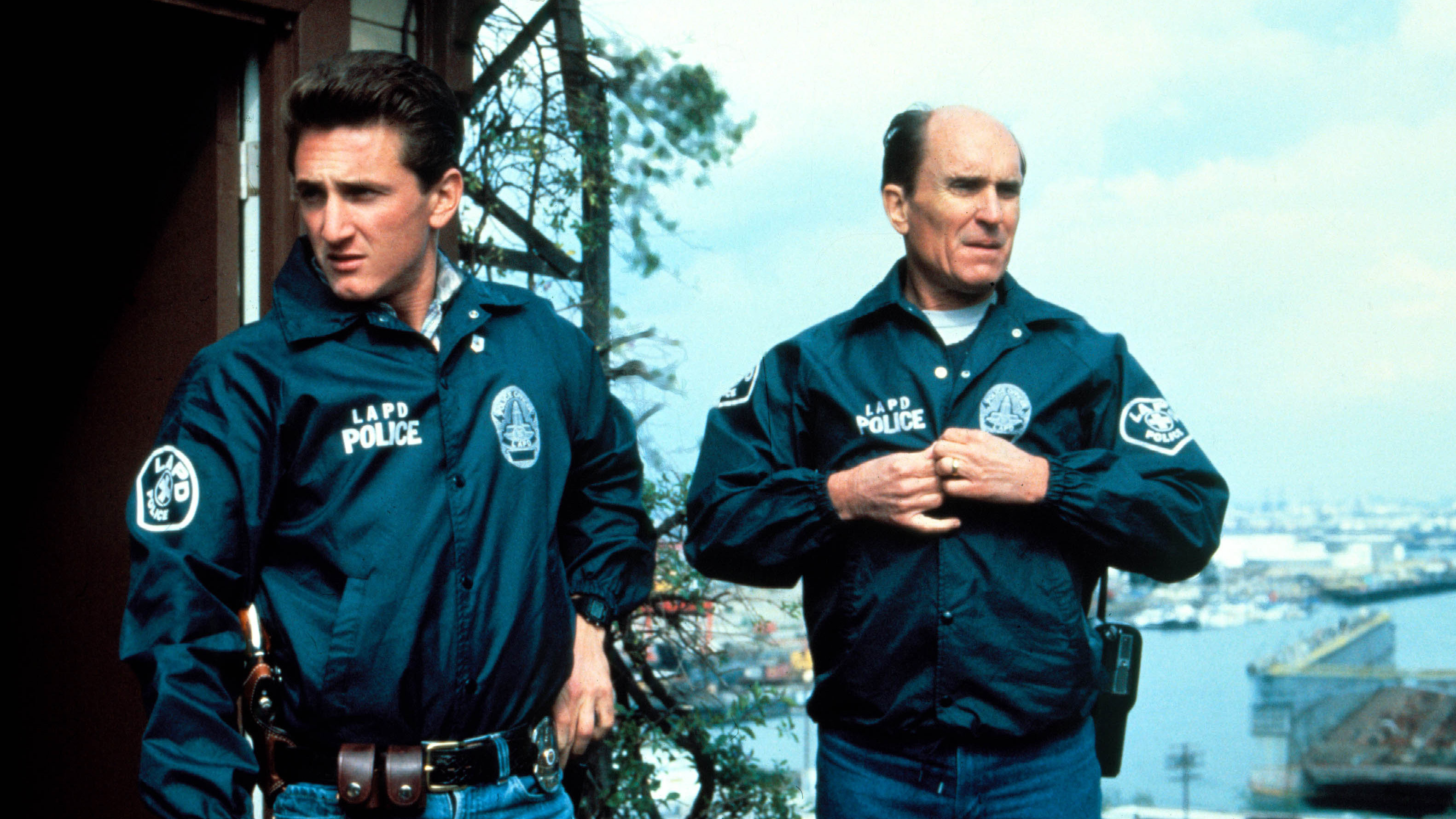

Chris Washington (Daniel Kaluuya) visits the parents of his girlfriend Rose Armitage (Allison Williams) who are engaged in a bizarre experiment with eugenics: racial improvement, here through transplanting the brains of (older, sick, disabled) white people to the bodies of (younger, healthy, abled) black people for physical ‘improvement’.

Get Out brings the “deep horror of racism” to the silver screen. An Oscar winning film that actually does tackle race relations in a critical way is Jordan Peele’s debut film Get Out (2017). The film does not focus on this: by police oppressed black characters are just a fact. Black characters in films are often ‘the criminal’ or ‘the victim’, such as in the Oscar winning picture Three Billboards Outside Ebbing Missouri (2017), in which the black characters are all victim to racist police brutality. Political red and blue, Confederate States Army grey, and contrasting but intertwining black and white, they all help shining light on the harsh truth that try to ignore: a colorblind society is not as desirable as it seems, and we are far, far away from a so-called ‘post-racial’ society.Īlthough there are various recent films that tackle unequal race relations between black and white people – such as Hidden Figures (2016) and Black Panther (2018) – black characters in films are still often subordinate to, or in service of, white characters. The deeper meaning of this film is hidden underneath a layer of colors that, when analyzed critically, work so well to expose the contemporary American racism and race relations. This article is a short analysis of the use of colors in the Oscar winning film Get Out from 2017 directed by Jordan Peele.


 0 kommentar(er)
0 kommentar(er)
